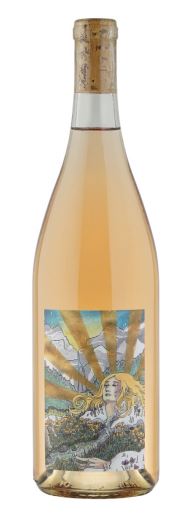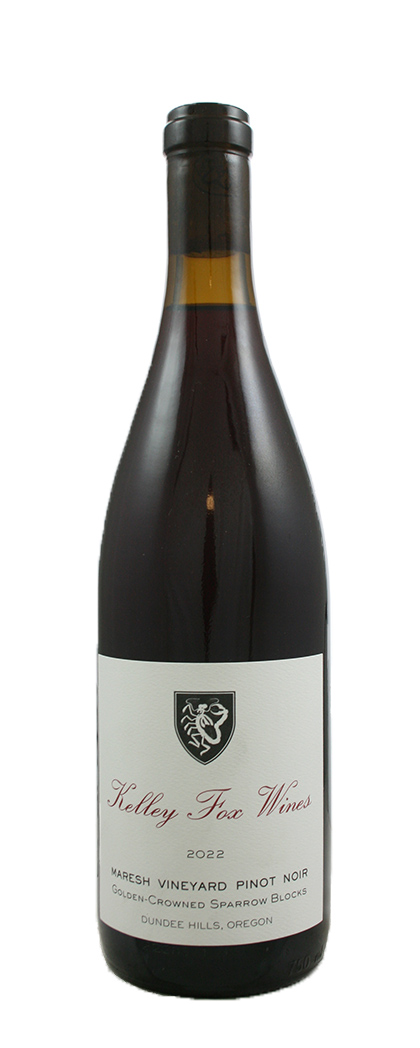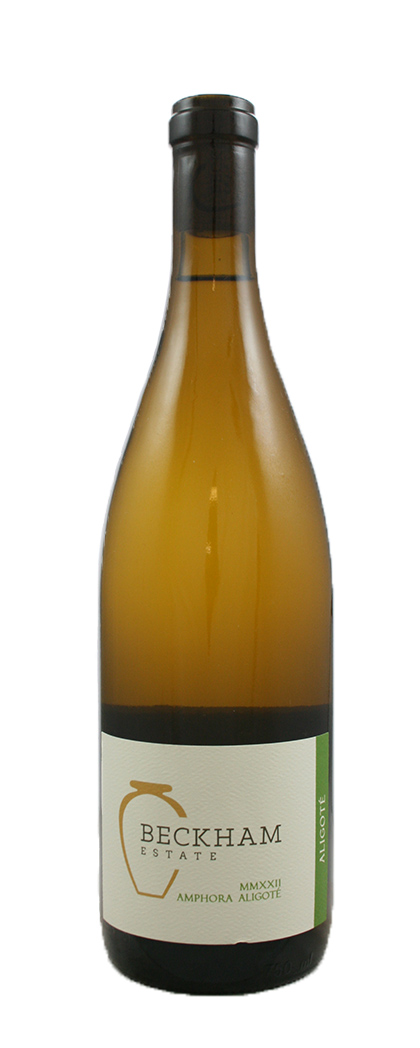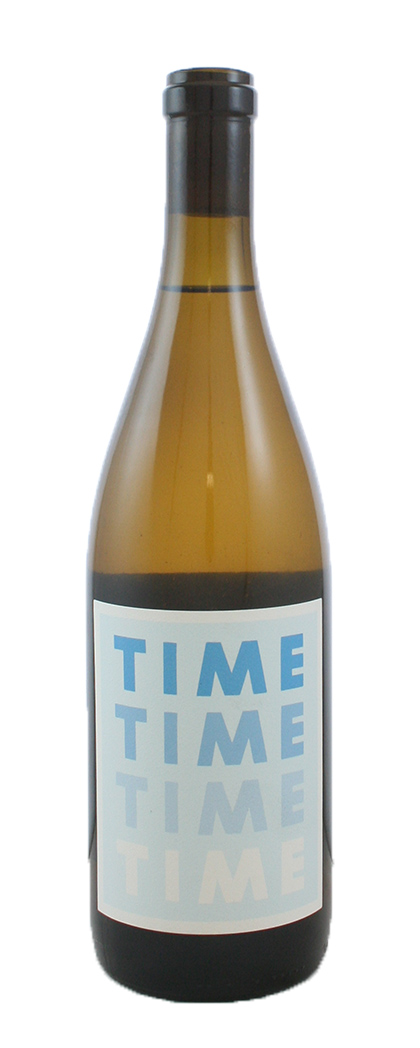Part One – Oregon not forgotten
In 1982 when Chariots of Fire was awarded an Oscar for Best Picture, actor and director Colin Welland memorably exclaimed: “The British are coming”.
Well, the American wines have arrived. Due to orders placed taking 4.5 months to arrive, this is an infrequent boast, but now we bring you news of some handy dandies.
Oregon accumulator
We have a new vintage and slightly new blend of Kelley Fox’s Nerthus (the cuvée is named after the earth goddess venerated by old Germanic tribes, attested by the Roman historian, Tacitus). It is a predictably delicious wine (could it be other with Kelley) made of 34% Early Muscat, 34% Pinot gris, 18% Riesling, and 14% Pinot Blanc. In this vintage, Kelley decided to whole cluster press all of the fruit at picking except for a couple of fermenters of skin-contact Pinot Gris (one pigeage per day, pressed at dryness). Because of the timing of picks this year, each component was fermented separately, and the final wine was blended after all wines were finished. It was allowed to complete malolactic fermentation. Élevage on the fine lees for five month in stainless tanks before bottling.Over to Kelley. “This Nerthus is brilliant, transparent pale peach in colour with hints of pale pink. It’s visually very pleasing and the nose and mouth are even more so. The nose is full of fresh peach and honeysuckle notes along with powdery minerality. Though bone dry, there is mouth-watering peach character that is carried nicely by the refreshing acidity and lovely texture. This alpine-fresh wine is a real joy bringer. It feels like spring, and I wholeheartedly enjoy making this wine every year.”
Early Muscat comes from two sources: franc de pied vines planted in 1982 at Eola Springs Vineyard (harvested 7th October) and Willig Vineyard (29th September). Durant Vineyard supplies part of the Pinot Gris (1993) with Weber Vineyard Pinot Gris in Dundee Hills, on franc de pied planted in 1983 providing the remainder. The resplendently-named Resplendor Vineyard in Yamhill-Carlton is the origin of Pinot Blanc harvested in late October, while the Riesling hails from Barnes Vineyard in the Cascade foothills and is picked at the very end of the month.
Each vintage, we buy a small parcel of one of Kelley’s single vineyard single-block Pinot Noirs. We’ve always been partial to her Dundee Hills Pinot bottlings, pale, almost pink-tinged in colour, but with distinctive iron-mineral earthiness.
Many years ago, while staying on the Maresh farm one night during harvest, I heard a songbird in one of Jim Maresh Sr.’s sequoias singing in minor keys just before first light. It took years to learn what this bird was. I had listened to countless songbird recordings to find it. Well, it was the Golden-Crowned sparrow. These lovely sparrows migrate south at night along the Pacific from Alaska and Western Canada in the fall.
The Maresh Golden Crowned Sparrow Pinot Noir from own-rooted vines planted in 1978 and 1991 is a medium, youthful and rich blue-red with brilliant transparency. The nose brims with wild strawberries along with notes of petrichor, while the palate reveals sanguine red fruits such as dark red juicy cherries (and their skins) and red spice. This beautifully structured wine has disarming purity and weightless power. The grapes are fermented with minimal extraction in food grade fermenters (30% whole cluster and then aged eight months in 228-litre fine-grained neutral Burgundy barrels.)
Next to Beckham Estate, a tiny vineyard and winery located on Parrett Mountain in Chehalem AVA which we have been following since Andrew Beckham, ceramics teacher and potter extraordinaire, moved his studio and winery to the house on the hill there. The vineyard are situated 425 ft- 568ft above sea level with a south, south east, and southwest exposure. Soils comprise volcanic Jory and Saum.
Organic and regenerative and dry-farmed, the Beckhams incorporate a large percentage of their land as a riparian zone, which is left as a natural habitat for native plants and animals. They compost all grape waste from the winery and integrate this plentiful raw-material back into the vineyard as fertilizer. In 2012, they stopped tilling, and only use organic and biodynamic sprays as necessary in the vineyard (in sync with the lunar cycle). Mechanical weed management is practised, and all operations and harvests are strictly by hand.
In 2017, the Beckhams planted the Aligoté Doré clone, adoring the expression of this varietal from Burgundy. They were curious how it would perform in their amphorae. As it transpired the shallow volcanic soils brought a concentration to the fruit that showed through the tension and focus of this wine. While they only produced a small quantity for the first vintage (2021), they plan to keep producing this varietal from now on,
The grapes for the 2022 version are whole-cluster fermented in terracotta vessels built by Andrew and aged for a further six months in the same, before bottling without addition. In short, it is a bloody marvellous wine with inbuilt tension bristling from all angles.
Here’s a tasting note to tingle your toes:
“The scent of cold, mineral-laden well water unites with white flowers, pear and lemon peel aromas to make you feel like you are about to dip your toes in an icy stream. Acidity that could jumpstart your car battery backs flavours like lemon, rosemary and grated ginger.” (Michael Alberty – Wine Enthusiast – 96 pts).
Say no more!
Who doesn’t love a dollop of Trousseau in their red blends? That’s a rhetorical question, by the way. Beckham’s unassumingly-monikered Noir is Trousseau (53%); Pinot Noir (27%) and Gamay (20%). Grapes are manually harvested and whole clusters undergo carbonic maceration with a native yeast co-fermentation in terracotta amphora made by Andrew. Maturation takes place in terracotta amphora also and there is no filtration, no fining with minimal sulphites added before bottling. Pale red in colour with very pretty floral aromatics (iris, wild strawberry) emerging into a light fresh red fruit-laden palate of stemmy berries, white pepper and crushed minerals. Oh-so-pretty.
Husband and wife team Scott and Dana Frank have experienced all sides of the wine industry. From working in restaurants, to retail, to wholesale, they’ve gained plenty of knowledge and experience over the years. With Bow and Arrow they and are taking Oregon wines to new heights! They only started bottling in 2010 but have quickly earned a reputation for bringing a bit of the Loire to the Pacific Northwest. Call it Loiroregon. They source fruit from vineyards planted by some of Oregon’s earliest ‘wine pioneers’ that were planted with grapes like old vine Pinot Noir, Gamay, Cabernet Franc, and Melon de Bourgogne – all typical Loire Valley grapes. These carefully sourced grapes are treated with the greatest care and minimal-intervention winemaking techniques. Their resulting wines are a breath of fresh air from Oregon, lighter in style, lower in alcohol, and extremely food-friendly.
Time Machine Blanc features all the white grapes from multiple vineyard sources: Pinot Gris, Melon, Sauvignon Blanc, Chardonnay, and Chenin Blanc grown in a variety of soil types, including Bellpine and Helvetia. Melon, for example, comes from Johan Vineyard, Rickreall (a biodynamically-certified site) and Chenin & Sauvignon are from Union School, Junction City.
All grapes are manually-harvested and direct-pressed, fermented ambiently in stainless steel and oak casks except for the Melon, which is controlled. The wine undergoes malolactic fermentation and is aged in stainless/wooden vessel of various sizes and shapes for eight months. This is a crisp, vibrant, and textural wine. Lovely hints of stone fruit, bruised pear and white flowers evolve from the glass. The oysters are calling.
Its red counterpart (Time Machine Rouge), a blend of roughly one third each of Pinot Noir, Gamay, Cabernet Franc also comes from various vineyard locations and soil types, including Bellpine and Helvetia. The Cab Franc is from Johan Vineyard, the Gamay from Walnut Ridge Vineyard and the Pinot Noir from Hughes Hollow Vineyard.
Grapes are either destemmed or whole cluster depending on variety. Ambient, indigenous yeast fermentations occur in oak barrels large and small, and stainless steel vessels with malolactic and maturation in the same for eight months. 25 ppm of sulphites are added before bottling.
Crunchy cherries, blackcurrant, raspberry, and pomegranate coalesce over a bed of green moss and river rock minerality. These savoury, earthy, non-fruit aromas and flavours provide a refreshing balance to this wine’s fruitier side in a truly gourmand way. Loire intentions with Oregon signature indeed.
Established in 2011 by Ksenija and John House, Ovum Wine was founded in hopes of producing Oregon white wines that are honest reflections of time and place. Their low intervention production method is a commitment to letting the vintage and vineyard shine, not the vintner. Fruit comes first – top priority is finding farmers that share their beliefs, and then getting out of the way so their hard work can be tasted.
 There is a new addition to the Salt brigade: PNK Salt. The blend is 96% Cabernet Sauvignon, 2% Mencia, 2% Big Salt (all the aromatic varieties combined). From a certified organic vineyard established in 1983, deep in the Columbia Gorge. The own rooted Cabernet vines grow in a thin, top layer of loess, but maintain their life cycle in the 5-6 feet of Pliocene ash that was deposited 7700 years ago after the collapse of Mount Mazama (now known as Crater Lake). Harvest for the Cab Sauv typically begins in early to mid-October with destemmed grapes soaked for an average of eight hours on skins before light pressing. Native fermentation was spurred on with a small addition of Big Salt and lasted for about two months with full malolactic also taking place, and the wine was left to sit on lees in tank for three months before bottling without fining or cold stabilization – just 40 ppm of sulphites added at bottling. Cherry jam explodes from the glass with top notes of citronella, currants and green fig leaf. The palate has bracing acidity and overall the wine has the colour and feel of a rosé with the hidden structure of a red.
There is a new addition to the Salt brigade: PNK Salt. The blend is 96% Cabernet Sauvignon, 2% Mencia, 2% Big Salt (all the aromatic varieties combined). From a certified organic vineyard established in 1983, deep in the Columbia Gorge. The own rooted Cabernet vines grow in a thin, top layer of loess, but maintain their life cycle in the 5-6 feet of Pliocene ash that was deposited 7700 years ago after the collapse of Mount Mazama (now known as Crater Lake). Harvest for the Cab Sauv typically begins in early to mid-October with destemmed grapes soaked for an average of eight hours on skins before light pressing. Native fermentation was spurred on with a small addition of Big Salt and lasted for about two months with full malolactic also taking place, and the wine was left to sit on lees in tank for three months before bottling without fining or cold stabilization – just 40 ppm of sulphites added at bottling. Cherry jam explodes from the glass with top notes of citronella, currants and green fig leaf. The palate has bracing acidity and overall the wine has the colour and feel of a rosé with the hidden structure of a red.
2022 Kelley Fox Nerthus
2022 Kelley Fox Maresh Golden-Crowned Sparrow Block Pinot Noir
2022 AD Beckham Aligoté
2022 AD Beckham Noir
NV Bow & Arrow Time Machine Blanc
NV Bow & Arrow Time Machine Rouge
2023 Ovum Pink Salt Rosé
*
Interested in finding out more about our Oregon wines? Contact us directly:
shop@lescaves.co.uk | sales@lescaves.co.uk | 01483 538820






Pingback: The next wine arrival will be along in one minute – Les Caves de Pyrene